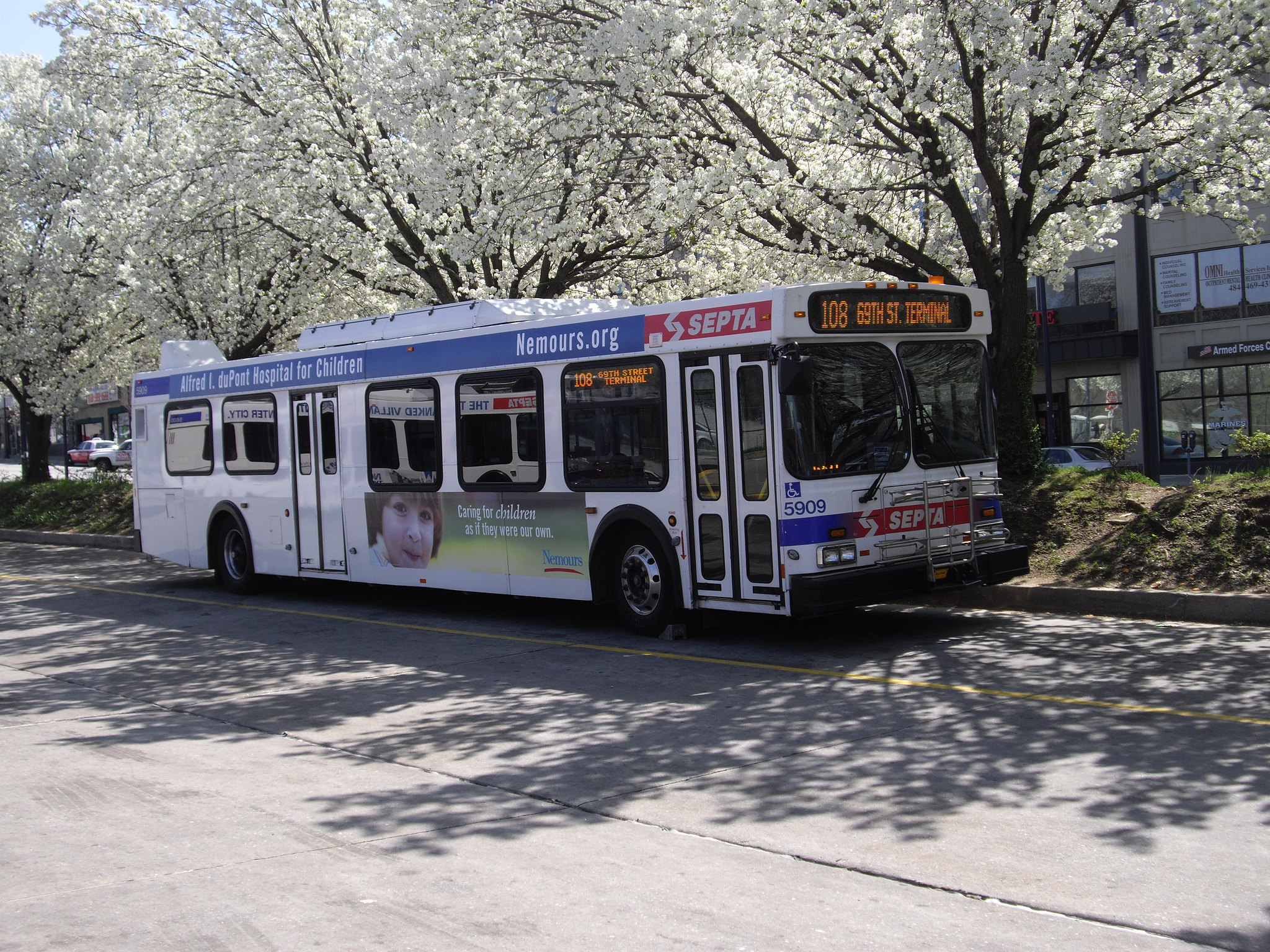The Reason Foundation's "research" on high-speed rail is pretty predictable. We know what this oil industry-backed think tank is going to say before they've said it: Ridership will be lower than expected; costs will be higher.
What's more interesting than the conclusions, to us anyway, is the methodological contortion needed to draw them. So with some nose-holding, today we'll examine Reason's latest report on LA's Exposition line.
The group claims the $930 million line will take 60 to 170 years to pay for its construction costs. (Never mind that nobody expects the line to pay for its construction costs, just like nobody expects roads to pay for themselves. Moving on.)
Here's how the Reason folks reached their specious conclusion: They stood at the station on two of the first several days this rail line was open and counted passengers. Too bad that's a nonsensical way to judge how many people will be riding the line a year from now, much less 60 years into the future, says James Sinclair at Network blog Stop and Move:
It's easy to point out that ridership in week 1 of a transit line is meaningless. For example, this excellent ridership chart of the Gold Line in LA [above] shows that after opening an extension (which was almost like a brand new line), after 2 years ridership still has not stabilized and continues to increase as people become aware of the line and have time to adapt their patterns to take advantage of it.
If after 2 years ridership is still growing as people get exposed to the line, how on earth could you make 100+ year claims on 2 days of data on the first week of service? ... oh no, I'm doing it. I've wasted valuable seconds of my time trying to point out mistakes in the article.
That's time wasted that would have been just as effectively been spent questioning the "all natural" claims on bottles of soda, or the ludicrous lies sent out by Pizza Hut when they say you can get ANY pizza with ANY crust for $10 (and then charge extra for stuffed crust).
Instead of wasting time on the article, it's best to simply understand how something so ridiculous can be written. It's simple. The article is an ad by an oil company, and as such, should be held to the same standard as health claims on bottles of soda and the word "any" in fast food advertisements.
Elsewhere on the Network today: A View From the Cycle Path explains how the Dutch make maintaining safe cycleways a top priority even when roads are under construction. Burning the Midnight Oil reports that plans are moving forward for the Omaha-to-Chicago rail line. And Urban Review STL explains how, after decades of population loss in St. Louis, patterns are shifting.






